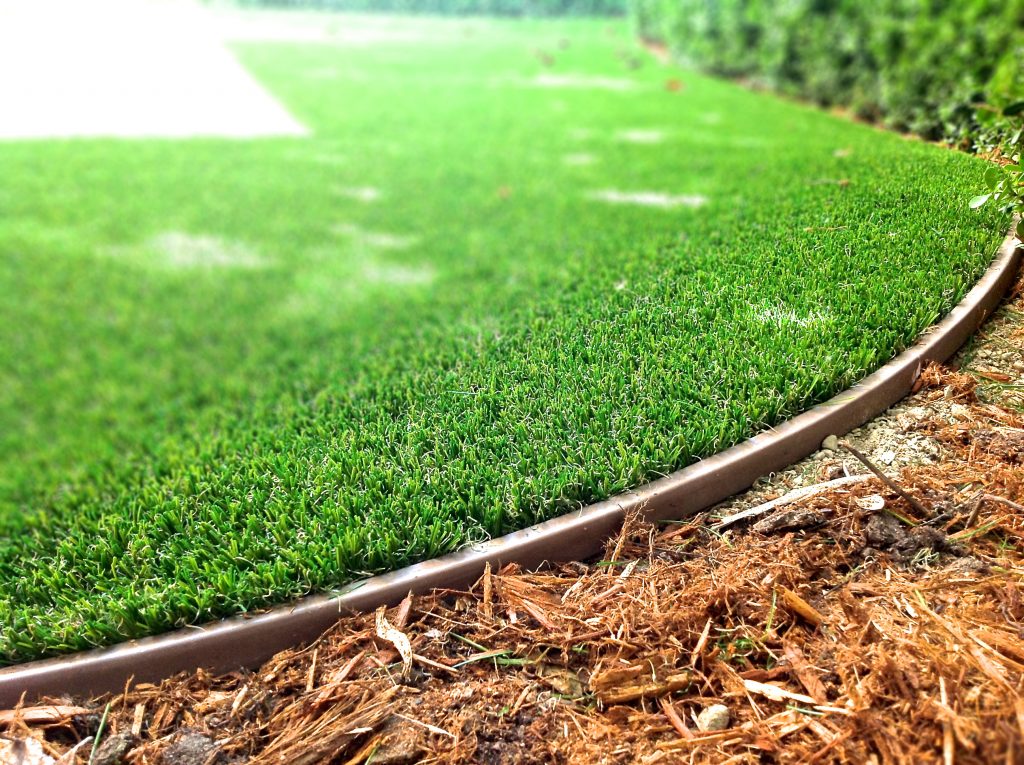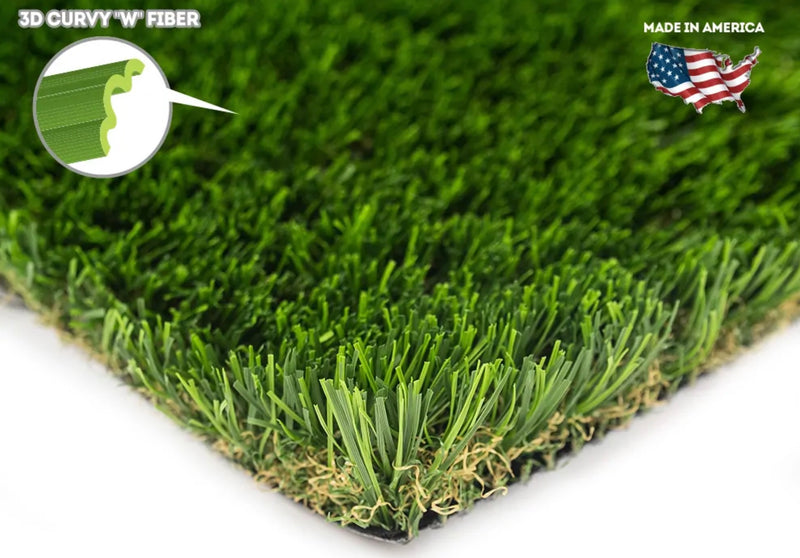Look Into the Environmental Perks of Opting for Artificial Turf Solutions
The adoption of man-made grass options provides a compelling chance to deal with pressing environmental difficulties. By substantially minimizing water usage and minimizing the application of unsafe chemicals, these choices not just promote sustainable landscaping yet likewise safeguard local environments. The lower carbon impact associated with lowered maintenance tasks adds to a much more lasting technique to land administration. Nonetheless, the ramifications of these benefits extend beyond plain conservation initiatives, raising inquiries regarding their long-term effect on habitat preservation and general ecological equilibrium. Exploring these measurements reveals a complicated interplay worth thinking about.
Water Conservation Perks
One of the most considerable benefits of man-made lawn is its ability to preserve water. In comparison, fabricated grass does not require watering, dramatically decreasing the total demand for water resources.
By getting rid of the requirement for normal watering, synthetic grass adds to lasting landscape practices and assists minimize the environmental effect of too much water intake. The conservation of water extends to the decrease of overflow, which can lead to soil disintegration and waterway air pollution.
Additionally, the installation of synthetic grass allows house owners and communities to allot water sources more successfully, concentrating on crucial usages such as drinking water and farming. The change towards man-made grass not only advertises responsible water usage but likewise straightens with wider ecological objectives targeted at maintaining natural resources.
As neighborhoods significantly focus on sustainability, the water conservation advantages of synthetic turf offer a compelling situation for its fostering in commercial and household landscaping projects.
Minimized Chemical Use
The shift to synthetic grass significantly lowers the dependence on chemical treatments generally used in natural yard maintenance. Standard grass monitoring commonly involves the application of plant foods, herbicides, and pesticides to promote growth and control pests. These chemicals can posture risks to human wellness, neighborhood wild animals, and the setting, adding to dirt and water contamination.
In contrast, man-made turf eliminates the demand for these harmful materials. By lessening the launch of artificial compounds into the ecological community, man-made lawn advertises much healthier dirt and water systems.
Furthermore, the lack of chemical runoff connected with synthetic grass installments aids shield neighborhood waterways from pollution, sustaining aquatic life and keeping biodiversity. Arizona turf. As areas progressively focus on lasting methods, selecting man-made grass presents a sensible option that straightens with ecological conservation goals. Via this shift, homeowner can take pleasure in rich eco-friendly spaces without compromising environmental health and wellness, paving the method for a more sustainable future
Lower Carbon Impact

In addition, the installation of synthetic lawn can lead to considerable water preservation. All-natural grass need significant quantities of water for irrigation, which not just contributes to the carbon footprint connected with water extraction and treatment however additionally strains regional water resources. In comparison, fabricated grass requires marginal upkeep, needing no watering, thereby dramatically lowering water use and its associated power expenses.
Additionally, the long life of synthetic grass adds to its lower carbon impact. With a lifespan of up to 15 years or even more, the need for frequent replacements is decreased, resulting in much less waste and lower energy consumption in manufacturing and disposing of typical turf choices. Overall, artificial turf offers a lasting alternative for ecologically mindful landscape design.
Habitat Conservation
Habitat conservation is a vital consideration in the debate over landscaping choices, particularly when comparing synthetic turf to natural turf. Natural grass yards commonly require considerable upkeep, including the usage of fertilizers, chemicals, and herbicides, which can adversely affect regional communities. These chemicals can leach right into the dirt and waterways, hurting indigenous flora and animals and interrupting regional environments.
In comparison, synthetic you can find out more grass provides a possibility to reduce the ecological impact of landscaping. By choosing artificial turf, home owners can reduce the interruption of all-natural environments connected with conventional yard care techniques. Synthetic grass gets rid of the demand for hazardous chemicals, consequently shielding nearby wild animals and preserving the honesty of surrounding ecological communities. The installment of artificial turf can lead to the conversion of former turf locations into more biodiverse landscapes, such as pollinator yards or native plant locations, which can sustain regional wildlife.
Ultimately, the transition to man-made lawn not just preserves water and lowers upkeep initiatives yet additionally cultivates a much more unified partnership in between human activities and the native environment, promoting habitat conservation in the procedure.
Long-Term Sustainability
Lasting sustainability is an essential element in evaluating the benefits of artificial lawn over typical yard yards. Among the most significant advantages of man-made grass is its toughness; it can last as much as 15-20 years with marginal maintenance, whereas all-natural lawn requires constant reseeding and replacement. This durability lowers the demand for constant resources, such as water, plant foods, and pesticides, which are crucial for preserving a healthy yard lawn.
In addition, synthetic grass adds to a decrease in carbon emissions connected with yard care devices. Traditional yards frequently call for gas-powered mowers, leaners, and blowers, every one of which add to air pollution. Arizona artificial turf. On the other hand, synthetic grass removes the requirement for such tools, promoting a cleaner environment
Additionally, the manufacturing of synthetic grass significantly utilizes recycled products, enhancing its sustainability profile. As makers take on green methods, the ecological impact of synthetic grass remains to lessen.

Conclusion
The fostering of synthetic grass options offers substantial environmental benefits, consisting of considerable water preservation, minimized dependence on hazardous chemicals, and a reduced carbon impact. In addition, synthetic grass help in protecting natural habitats by lessening land disruption and advertising long-lasting sustainability with making use of resilient products. Jointly, these variables highlight the capacity of artificial lawn website here to contribute favorably to ecological health and wellness and offer a viable alternative to conventional landscape design methods in a progressively resource-conscious world.
In contrast, fabricated grass does not need watering, significantly reducing the overall need for water resources. By minimizing the launch of synthetic click site substances into the ecological community, fabricated lawn promotes healthier soil and water systems.
Additionally, the setup of artificial lawn can result in significant water conservation. In contrast, fabricated turf requires minimal upkeep, requiring no watering, consequently considerably minimizing water usage and its connected power costs.
